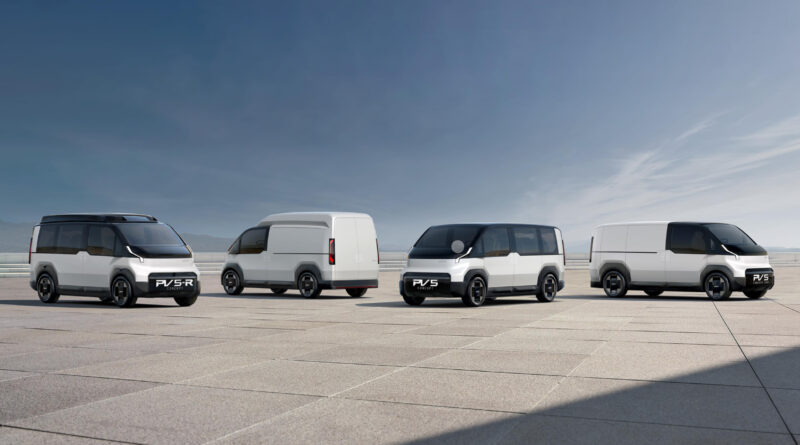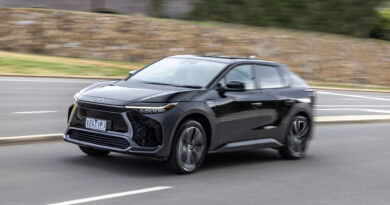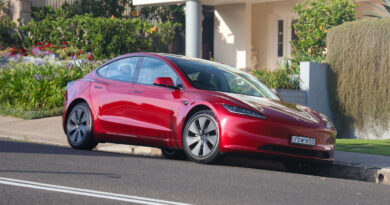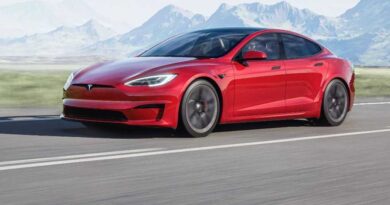All-new electric Kia PV5 is a gamechanger in the world of vans with its advanced tech and interchangeable rear body
Kia has previewed the new family of EV commercial vehicles that it will launch from 2025 onwards that is set to revolutionise what we expect from the humble van.
Unveiling the Kia PV1, PV5 and flagship PV7 at the Consumer Electronic Show (CES) in Las Vegas, Kia announced that all three vehicles were shown off in close-to-production guise, confirming the mid-size PV5 would be on sale in 2025.
Based on the Korean brand’s all-new Purpose Built Vehicle (PBV) platform, the headline news is the innovative PV5 will be offered with a pioneering ‘Easy Swap’ technology that uses standardised electromagnetic and mechanical couplings that could see the same cab-chassis vehicle operate as a ute or van during the day, switching to a people-mover in the evening for ride-hail work and then switching again to a camper van at the weekend.

Kia hasn’t confirmed just how long the swap takes but the it’s thought to take place in just a few minutes, thanks to the lightweight construction of the bodies that are made out of tubular steel and composite panels. The simple arrangement also saves weight and sees Kia use 55 percent less parts.
At the CES the PV5 was shown off as both a van and a people mover with enough headroom for both for passengers or operators to stand and move though the vehicle making it perfect for ride hail service or delivery van.
Measuring in at 4.7m long, with the option of a longer wheelbase later, the PV5 has been tipped to be priced from around €35,000 ($57,000) when it arrives in Europe.
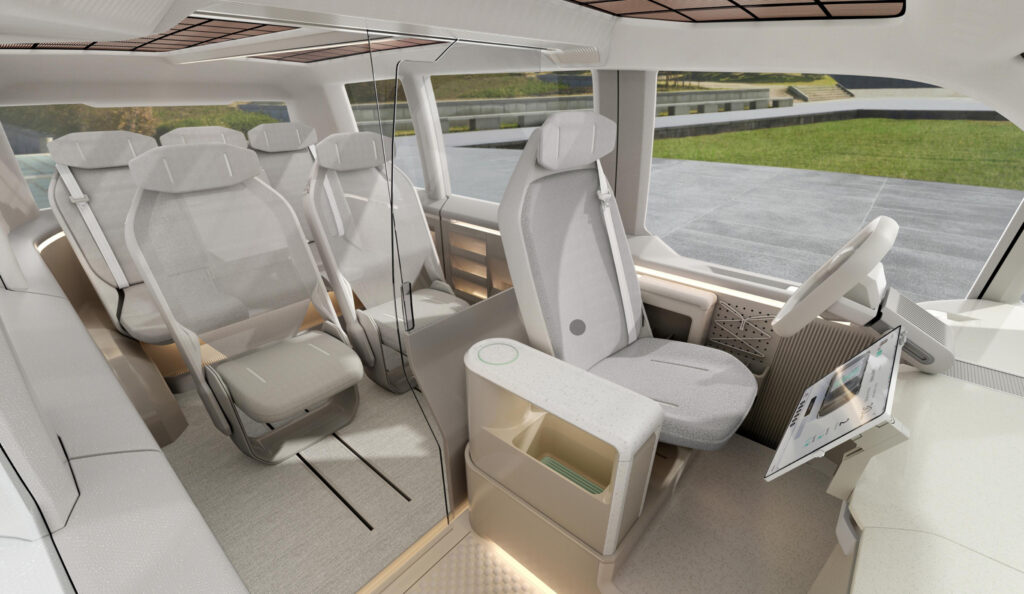
Front-wheel drive only at this stage, the Kia van and ute will miss out o the 800-volt electrical architecture used in the Kia EV6 and EV9 and instead make do with a more common 400-volt system similar to that set to be used in the upcoming Kia EV5. As with the EV5, that lower voltage will see it charge at lower rates than the 800V vehicles, although there are expected to be cost benefits.
Meanwhile, the PV1 is designed for use as a small urban delivery vehicle and the PV7 will match EV versions of the Ford Transit and Mercedes-Benz Sprinter.
The flagship PV7 will be around 5.7m long and is due to arrive in 2027. When it rocks up it will come with the option of a dual-motor powertrain and all-wheel drive and get an 800-volt electrical architecture for the fastest charging.
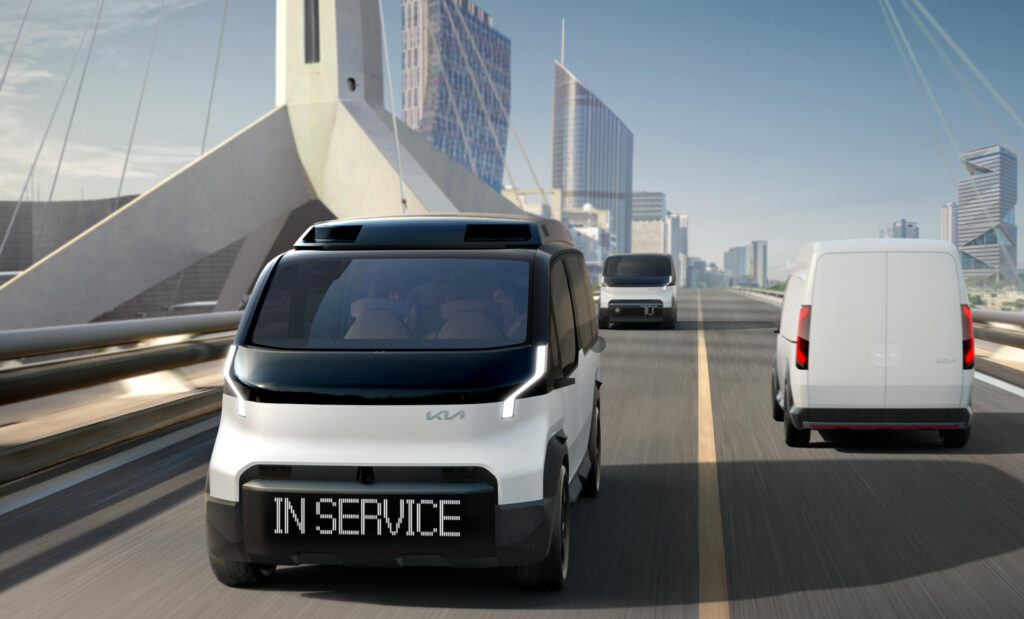
The baby PV1, meanwhile, is a compact delivery van made for urban environments but in the future both the PV1 and PV5 will be reengineered to be robotaxis, possibly in partnership with Croatian hypercar-maker Rimac that is being funded by Kia to create driverless vehicles for a ride hail service.
Within the cabin of the van features a cab-style arrangement, with a fold away steering wheel that can make room for a desk when not needed or in autonomous mode.
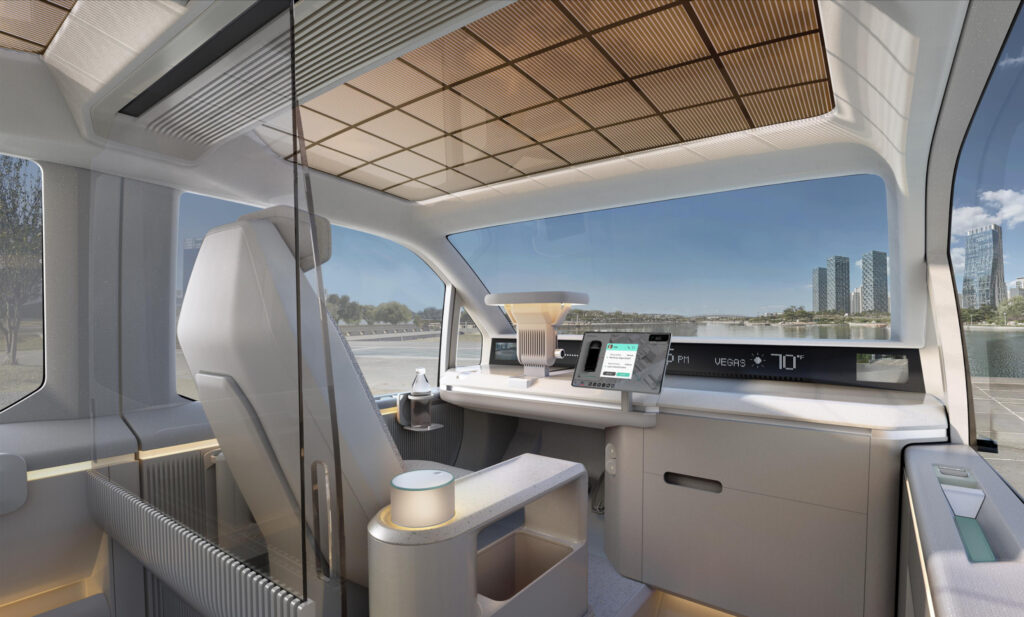
Artificial intelligence (AI), car-like levels of connectivity and pioneering driverless tech – including highly autonomous Level 4 capability for the PV5 – should ensure the new Kia range of commercial vehicles will be the most advanced vans on the global market.
While back-end configurations will be tailormade to customer needs, the entry-level vans will come with an integrated rail system from floor to ceiling as well as Kia designed cabinets that are specially created to package anything from a pop-up coffee shop to clothes retailer.
Made in an all-new Korean factory that Kia says will be operational from 2025, the PV5 set will roll off the line first before the other variants come online later, with initial capacity pegged at 150,000 vans a year.

As well as developing the new range of electric vans Kia says it is also working to integrate robotics into its commercial vehicles that could one day see bots load and unload the van and carry out the final part of the delivery to your door step.

